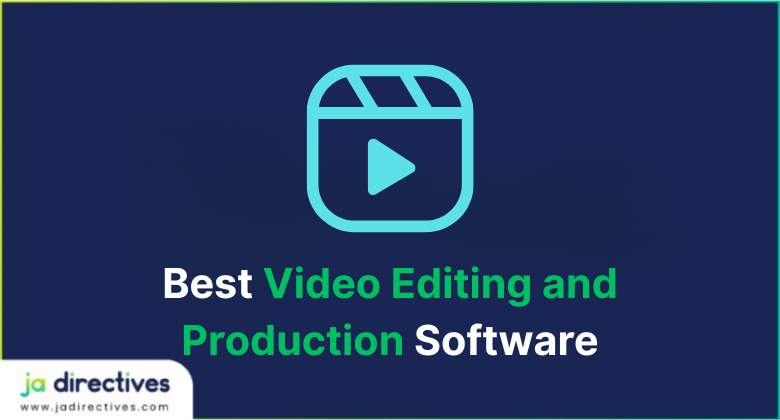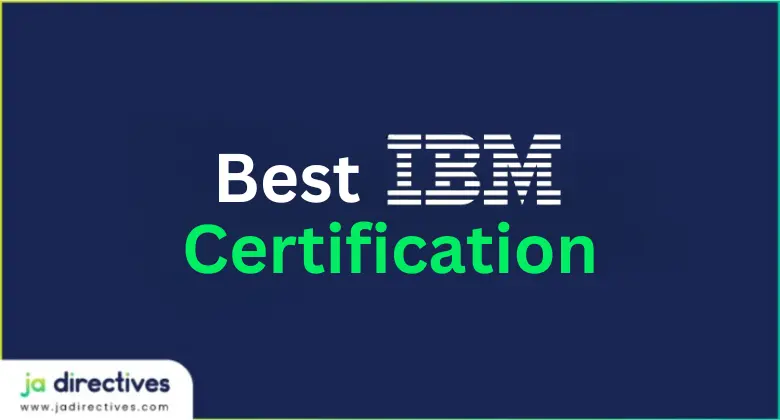
10 Steps To Start a Small Business 2025
Do you know what are the Steps To Starting a Small Business? Do you have any idea how to start a small business at home? Maybe starting a small business is roaming around your mind for many days. Why not put it into effect?
Afraid you don’t know how to initiate or plan or even continue? Doubt whether your idea will work? Is the very thought of risk stopping you?
Congratulation! You’re in the beginning stage of every entrepreneurship.
If you read the stories of successful entrepreneurs, you can find some common attributes; they devote a lot of time and effort,
they do not give up even after failures, they have their tactics, and are quick learners but most importantly, they are risk-takers.
Comes out that, the risks are worth it!
Launching a whole business might overwhelm you a bit even if you are a risk-oriented person. So take action step by step. Completing step-by-step tasks will build up both your business and motivation.
All you need is to take a risk, dedicate effort, and have a lot of willpower. In this article, know the basic steps sequentially on starting a Small Business, to help you put your business idea into action.
How to Start a Small Business: 10 Steps To Start a Small Business
1. Discuss & Research
Wondering if your idea is feasible or not? Or do you want to start a business but have no ideas yet? Discuss with your acquaintances, preferably those who are entrepreneurs or with experience at least.
The Internet provides a lot of information on How to start a business, but the potential of your idea gets the limelight when you discuss it. You may also search for Small business ideas or even Small business ideas from home for your ease.
If you are solely up for starting the business, research on your own. If you are up for partnership, sit with your partners regularly, say once a week.
You can set the interval time of your discussion.
The discussion is not necessarily a formal one. You can discuss your favorite place of hangout or even your home. Set up homework for research on your own.
With each homework, it becomes easier to decide how to start and map out the process.
While discussing and researching, decide on some important things like the name of your business, mission (statement of why your business exists), vision (where you see your company in the future), and values.
Your first task is complete.
Recommended Reading: 23 Most Successful Small Business Ideas
2. Map the Business Plan
Just like a geographical map, draw out a business map. Right from the beginning, draw out your path of journey.
And just as a map indicates the hospitals, cafés, transport system, etc., pinpoint every essential you require to start your business on the business map.
Also, point out which essentials are required at which stage of your business journey. For example, where is the sourcing of your product?
At which stage do you need to start finding and finalizing the sourcing? Where will be your office? Etc.
Once again, your business plan doesn’t have to be formal or perfect. It can be messy (as long as you understand it, it is okay!), it can be crafted with art papers, crayons or it can be a simple map of your idea and requirements.
The map is for your own, it is a guide you made to direct you on a path. Do not keep too much of strict rules to follow it. Keep provision for flexibility in case you find changes or new requirements or new ideas.
Your second task is complete and you are good to work on actual actions!
3. Determine Budget
Oh, just before you start, determine an estimated budget required for each stage of your business. If you start without determining a budget, chances are that you might spend more money unnecessarily.
Research your cost too. Suppose, you require to buy raw materials. Research about its quality and where it is found the cheapest. Are the cheapest ones match the quality you are looking for?
Plan your budget after reaching the market price. Consider both quality and cheap price. Consider the location economies (the location where you save more) along with the scale of economies too.
Even if you want to start a small business without money, there might be little costs here and there. Determine that.
Now you are set to go into action.
4. Initiate the Paperwork
Your first step into action is getting done and dusted with the legal paperwork. Get yourself a TIN Certificate. Don’t worry, it is not as complicated as it sounds.
In days of Google, it’s easier. Just search for “e-TIN” or search e-TIN for ‘your country’s name and you can register your TIN within a few clicks.
Next, get the Trade License, and VAT Certificate. Register your business name. The paperwork usually takes 2 -3 weeks.
Tada! You are set for the next steps to starting a small business.
5. Source your Products
When you mapped out your business plan, you must have determined the sourcing of your product too. Now, it’s time to bring the products for packaging to your inventory house.
In case you are interested in starting a small business online, the inventory house can be your office, your home.
The main implying point is, to assemble your products and fix a packaging style. Remember, the packaging is your branding and attracts customers too.
Just before you source your products, keep these things in mind and research them. Your products’ features and benefits should be aligned with your customer’s demands.
Carefully look into the features and benefits your products are conveying. Execute modifications if required.
6. Plan the Delivery
Have you planned your delivery? How will your products reach your customer? This is more or less related to reaching out to your target audience.
Note, not the same but related. Research about the location of your target market if you plan to set up a physical store.
If you want to know how to start a small business at home you can find so many resources online, you can partner up with a delivery company to distribute your products.
Or even you can hire personnel for being the delivery person.
7. Form an Operational Plan
Right from sourcing your products to delivery, draw out the whole supply chain in a diagram. Post it on the wall of your office (or home, if the home is your office).
Create an operation plan for your office. Keep a mini or medium size notice board or whiteboard.
Post or write your important stuff for the day, weekly target, or the operation plan you follow. You may even write the schedule for each work. Then tick mark as each gets done. You will feel accomplished.
Keep records written. What are the responsibilities of each employee including you? How will you monitor each work?
In the case of keeping accounting records, you don’t need accounting knowledge. Just download free templates from Google. And your work is done. Note down every transaction.
In all these planning and execution, don’t forget your food requirements too. You and your employees need lunch breaks, coffee breaks too.
Keep provision for them. Small things like these matter in smooth operations.
8. Strategies for Your Pricing Model
This is a very important part of your business strategy. Are there competitors in the sector? Do you have the first-mover advantage?
Is your product price sensitive? Will you initially keep a lower price and then raise it? How much profit percentage you’ll be keeping?
Do not forget to set up a payment method for customers. It is better for 2-3 options for payment. Make the payment method easier.
Determine if your target market is price sensitive or if are they willing to pay a premium price for your product. Set your pricing model according to the acceptance level of your target market.
9. Organize the Promotions
Without exposure to your existence and promotions, you won’t be able to reach your potential customers. Plan your marketing campaigns- how to create brand awareness, and how to reach a target audience.
The fastest way to make your customers know about is through Digital marketing. Even if your business is of a physical store or simply a cart, open up a business profile on social media sites. With a little investment, you can reach the maximum of your target market.
Open up a website. Link your website to your social media profile. You can encourage your audience to engage in the website through your social sites.
You should thoroughly prepare the contents with good eye-catching clarity. Let your customers stalk your business profile.
Determine whether you need ATL (above-the-line) or BTL (below-the-line) marketing strategies. The ATL is more mass consumer-related advertisements.
On the other hand, BTL strategies might include leaflets, brochures, banners, guerilla marketing, etc. It all depends on the profile of your target market and which marketing strategy to go with. You may make a combined effort of both.
When you plan your budget, plan your marketing budget too. Invest in digital marketing too. It works great as exposure with minimal cost.
10. Launch Your Business
Finally, plan the launching date and arrangements for your business. For a super start with a bang, come up with limited promotional offers. You may also create hype before the actual launch.
Your target audience will be curious about you and know your existence. Your idea of a small business is now a reality. And this is just the beginning.
Do not just sit and wait for customers to show up. Plan one step ahead. Set your next visions. Prepare for every possibility.
Look into external factors that might affect your business. Prepare a contingency plan in case the existing one does not work.
Keep track of your interaction with customers. How do they react to your product? What do they expect more? Is your product meeting their demand? Start planning for your future goals. Step by step.
Recommended Reading: 40+ Best Resources To Start a Small Business Website
The Wrap-Up Advice
Your business launching may be the end of this article but the start of your actual business. You have a long way to go. Execute your planned strategies. Look into the future. Learn and implement a growth strategy for your business.
Print your business card (no, it’s not costly) and distribute them to whoever you talk to. It’s a good networking. Work to develop your business continuously.
Your strategies may fail at times. You may have to face difficult situations like unstable political conditions, affecting your business. Among these struggles, keep yourself together and do not dishearten.
Be assertive, learn from mistakes, come up with new strategies, and dare to take risks. Hope for the best and be prepared for the worst possibility. Do not lose your dedication. With these, you have the potential to be among the successful entrepreneurs.
The Best way to start a small business is to get to work on it immediately. Until you push yourself, the small business will remain only trapped on the horizon of your head.
So what are you waiting for? Go and Implement the “How to Start a Small Business” steps. Your business idea is waiting to become a reality!
You May Also Like:
- 12 Ways to Reach Target Audience 2025
- 27 Best Courses and Successful Home Business Ideas Online 2025
- How to Start Dropshipping Business from Home 2025
- 18 Ways to Market Small Business More Effectively 2025
- 6 Quick Steps to Start a Small Business Website 2025
If this post was helpful, please share it with your friends, family, and social media so that others can also find this information!
Jamil Ahmed, CEO of Reinforce Lab. Pharmacist, with experience in numerous fields in Pharmaceutical Companies and also worked in several pharmaceutical companies for over 5 years in International Business.
Digital innovator, Personal Branding, Small Business, SEO Marketer, and Marketing Consultant. Named as the Top 3 Business Intelligence Marketing Influencer in 2018 by Onalytica. Top 20 eCommerce Online Seller & Influencer by SaleHoo and Top 8 eCommerce Influencer by FitSmallBusiness.
Regularly Share tips and tricks for effective Personal Branding, Digital Marketing, Social Media Marketing, Small Business, Entrepreneurship, and Technology Integration in Business by building relationships, and by telling stories.










